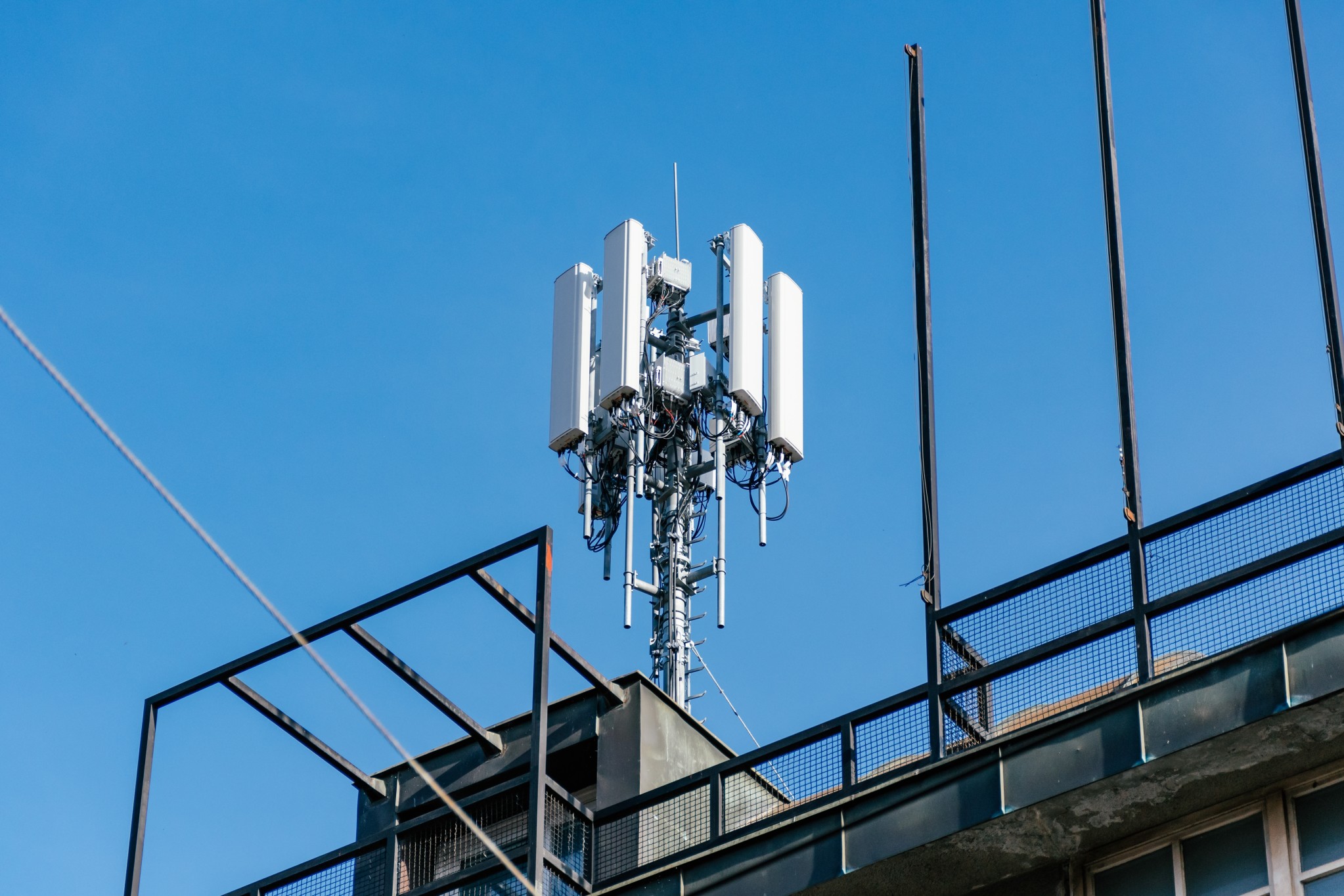If you've ever wandered through a town and spotted tiny cell towers for 5G on the poles of street lights. They look like little boxes however, they're actually transmitting wireless signals from cellular providers to your mobile.
The smaller ones are being replaced by the larger specially-designed cell towers. While they're less noticeable however, they could cause problems for people.

what is a safe distance from a cell tower establish the maximum amount of time a person can be exposed to electromagnetic energy generated by wireless devices. The limits for exposure are based on research that show that RF energy could cause harm to health.
The absorption rate specific (SAR) is an indication of the radiofrequency energy taken up by tissues. It's typically 1.6 milliwatts per kilogram averaged over one gram of tissue.
But, since 5g operates at higher frequencies and has the potential to cause greater energy intensity on the skin and other exposed body areas. This could lead to a wide range of potential problems, including an increased the development of skin conditions like dermatitis, cancer of the skin and cataracts.
Due to the possible negative effects of 5G radiation, PSU has chosen to set a general localized limits on power density, which is 4mW/cm2 measured over 1 cm2, and not to exceed 30 minutes, for all 5G services at 3000 GHz. This limit for localization is in line with the peak SAR that is spatially averaged at 1.6 W/kg, which is averaged over 1 g of tissue at 6 GHz.
The FCC's Maximum Exposure Thresholds
If you've ever used a mobile phone, you're probably aware that a safe range from the tower should be at least 400 meters. This is because the transmitting power of a cell tower increases dramatically the further away your location from the tower.
Although this may sound like something that's good however, those living close to towers may actually be more prone to health issues. For instance, a study conducted in 2014 in India found that residents living within 50 meters from cell towers suffered significantly more health complaints than those who lived farther distance from them.
But, the study found that people who moved into areas farther away from cell towers noticed their symptoms return to normal within a couple of days. Another study has demonstrated that exposure to extreme levels of radiofrequency electromagnetic fields (EMFs) could cause brain tumors, cancer as well as other health issues.
This is due to the fact that RF radiation, which is used in wireless communication can penetrate the human body's outer layer, which is the skin. This is vital to be aware of because the skin serves as a shield against injuries caused by mechanical forces, infections by pathogenic microorganisms, and entry of toxic substances. The skin is the biggest organ of the human body, and is responsible for protecting other organs.
The FCC's Minimum Exposure Thresholds
The FCC's Minimum Exposure Thresholds are based on various assumptions that aren't supported by scientific evidence. These include the erroneous belief that short-term exposures RF radiation is safe due to the limited radiation penetration in the human body (i.e. the heating of tissues).
safe distance from cell tower overlooks the deeper penetration of the ELF components of modulated RF signals and the effects on the body of short bursts caused by RF pulses. These theories are not compatible with the current understanding of biological consequences of RF radiation. Therefore, they should not be relied upon for health-protection exposure standards.
In addition to that, ICNIRP and FCC limit the maximum limits of exposure to peak local SARs that are based on the peak spatial specific absorption rate (psSAR), which can be described as an inadequate dosimetric tool for determining the level of radiation exposure. In particular it is inconclusive when frequencies exceed 6 GHz. Additionally, psSAR hasn't been evaluated for RF radiation exposed to other environmental agents such like sunlight. In https://emery-dawson.federatedjournals.com/what-lengths-away-can-one-be-from-a-new-5g-mobile-tower-system-before-becoming-dangerous of interactions, RF radiation with other environmental agents could produce synergistic or antagonistic effects. This would result in an increased risk of adverse health consequences. For example, exposure to RF radiation along with exposure to sunlight can increase the risk of skin cancer, as well as aggravate other skin disorders, such as acne.
